As you age, testosterone levels begin to dwindle and can negatively impact your everyday life. Thankfully, there are treatments for low testosterone like Testosterone Replacement Therapy (TRT). After a low testosterone diagnosis and starting TRT, it’s essential to monitor your hormone levels diligently. In this blog, we’ll discuss what TRT is, how it works, and how to monitor hormone levels effectively.
What Is Testosterone Replacement Therapy & How Does It Work?
The first step in TRT is diagnosing low testosterone via blood work and conducting a physical evaluation to determine overall health. TRT is not one-size-fits-all, so the assessment is essential in helping measure the optimal dosage for the patient to maximize benefits. Some patients want to get started immediately with high doses, while others prefer to incorporate the therapy slowly. The evaluation establishes the options for the patients.
There are a few treatment options for TRT:
- Oral Medications
- Intramuscular Injections
- Transdermal Patches
- Topical Creams
The medical provider can determine the best course of treatment based on the patient’s testosterone levels, overall health, and lifestyle. Some patients also seek TRT for non-medical reasons, such as:
- Weight Loss
- Increase Energy Levels
- Boosting Sex Drive
- Gaining Muscle Mass
- Enhancing Endurance
Regardless of TRT’s medical or non-medical intention, hormones must be monitored throughout the treatment.
How To Monitor Hormones While Taking TRT
The data collected during evaluation is used during the entirety of treatment to record and observe the hormone levels. The patient should see the same medical provider to ensure the data is accurately collected and stored; this will help keep the treatment plan continuing without interruption. The provider uses the data to assess the effectiveness of TRT and sees fit if any dosage adjustments are needed.
A typical TRT session might include screenings before treatment begins. Harvard Medical School published an article that discusses the potential risks and what to look for before beginning TRT. The distributing medical provider is also responsible for discussing these risks and deciding who is an excellent candidate to receive TRT. In addition, it is important to ask the patient if they are experiencing any side effects upon beginning TRT.
Patients can read our previous blog about the signs of low testosterone and the benefits of TRT. Biocure offers hormone testing to diagnose hormone levels definitively and uses this test throughout treatment. Our hormone testing can also be used outside of TRT.
Increase Your Testosterone With Biocure
Seeking TRT without understanding the risks, benefits, and what it entails can be irresponsible. While taking testosterone, there are some elements the patient should be monitoring on their own and discussing with their medical provider. At Biocure, we will talk you through the treatment and determine if TRT is a good fit for you. During treatment, our continual evaluations will let you know your progression and understand your health in a comprehensive light. Contact us today to learn more about Testosterone Replacement Therapy.







